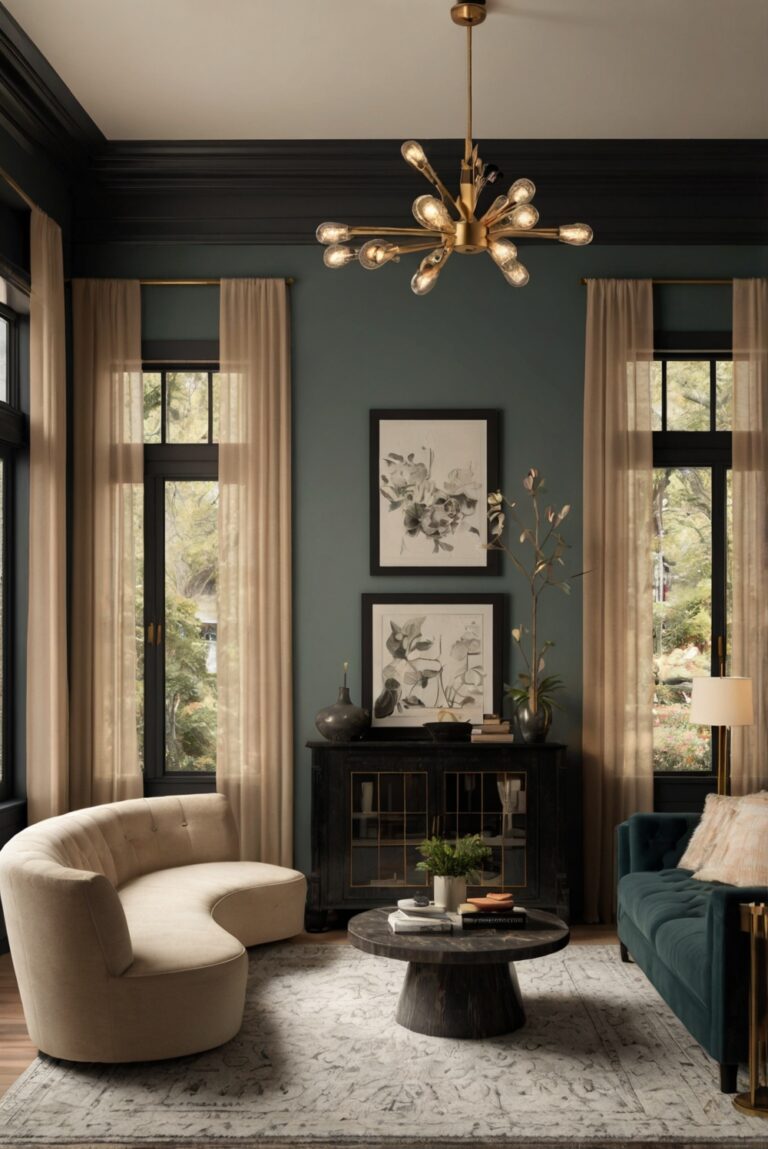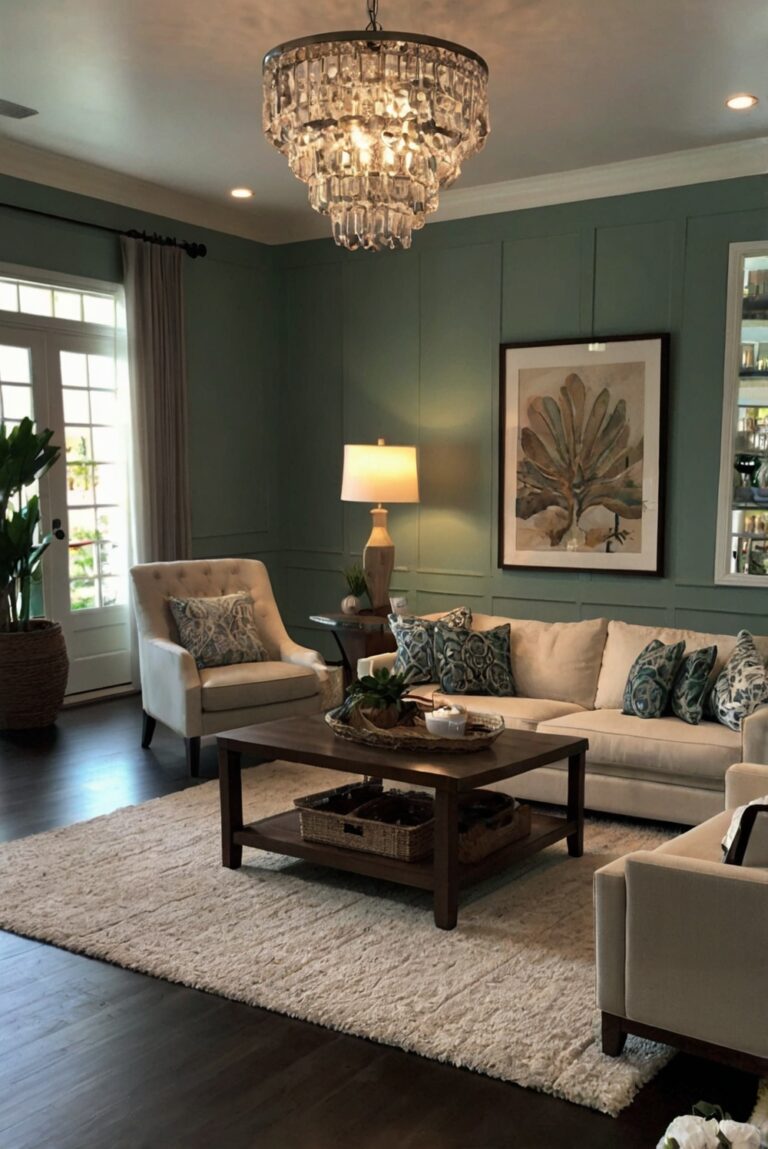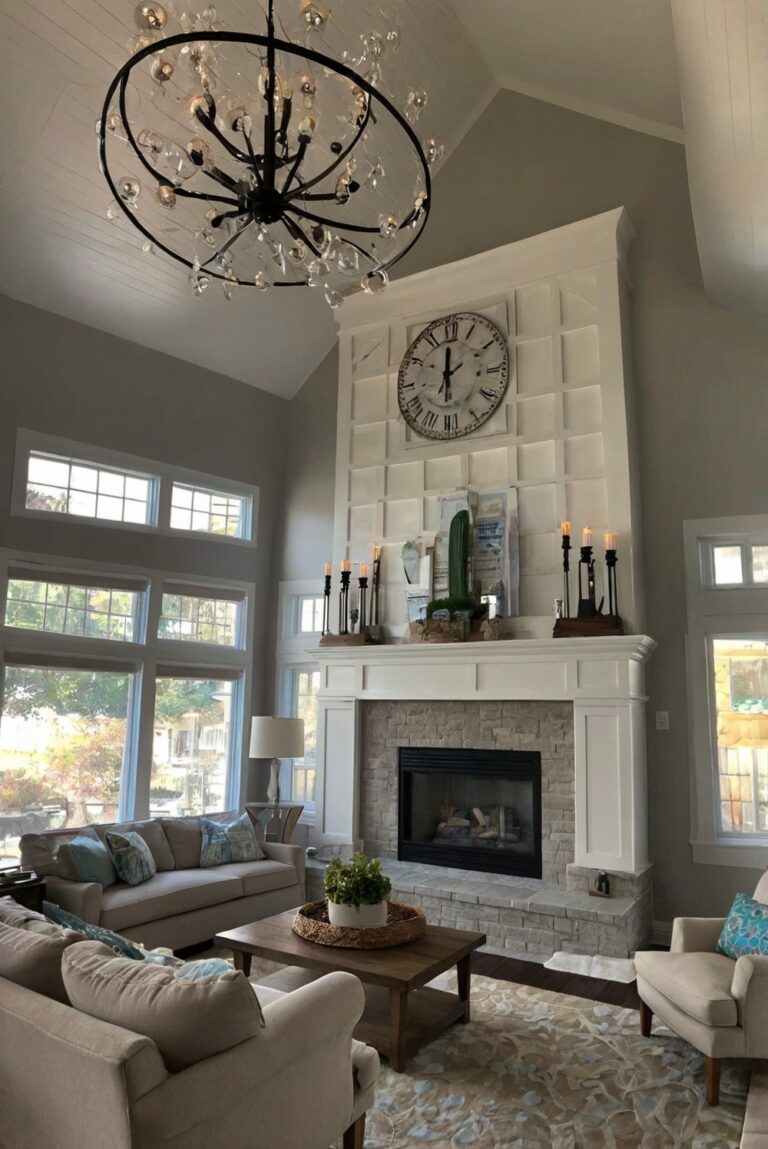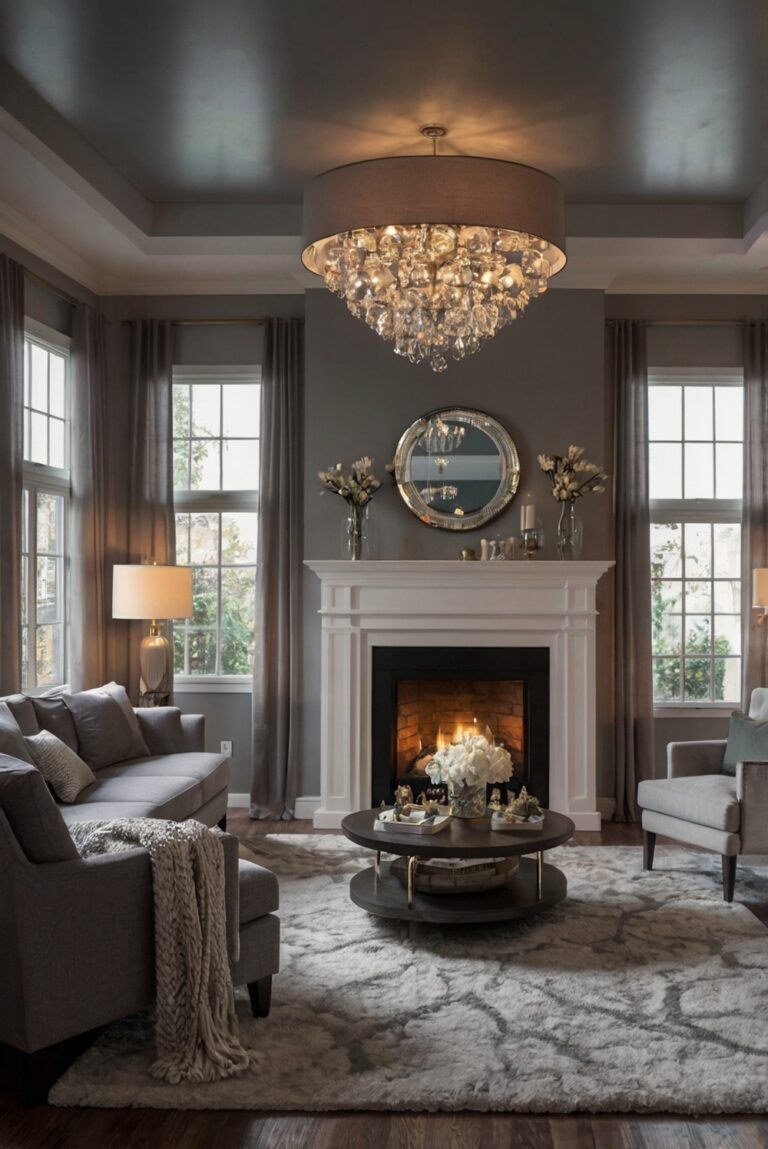Discover the must-know lighting techniques to showcase your living room for a potential sale. Illuminate your space effectively and captivate potential buyers with these essential tips.
What are the essential lighting tips for staging your living room for sale?
What are the essential lighting tips for staging your living room for sale?
Proper lighting is crucial in staging your living room for sale. Ensure ample natural light by keeping windows clean and enhancing with light, sheer curtains. Add layers of lighting with a mix of overhead, task, and accent lights to create a warm and inviting atmosphere. Use adjustable fixtures to control light intensity. Paint walls in light, neutral colors to enhance light reflection, and strategically place mirrors to bounce light around the room. Avoid harsh, direct lighting that can create glare or shadows. Balanced lighting can make your living room more appealing to potential buyers, highlighting its best features effectively.
Maximize Natural Light:
One of the most important lighting tips for staging your living room for sale is to maximize natural light. Natural light can make a space feel larger, brighter, and more inviting. To do this, make sure to open curtains and blinds to let in as much natural light as possible. Consider removing heavy drapes or furniture that may be blocking windows. Additionally, clean windows regularly to ensure maximum light enters the room.
Layer Your Lighting:
Another important tip is to layer your lighting. This means using a combination of different types of lighting sources to create a balanced and well-lit space. Consider incorporating overhead lighting, such as a chandelier or pendant light, as well as task lighting like table lamps or floor lamps. Accent lighting, such as wall sconces or picture lights, can also help highlight specific features in the room.
Choose the Right Bulbs:
Choosing the right bulbs for your light fixtures is crucial when staging your living room for sale. Opt for bulbs with a warm color temperature (around 2700-3000 Kelvin) to create a cozy and inviting atmosphere. LED bulbs are energy-efficient and long-lasting, making them a great choice for staging purposes. Avoid harsh fluorescent lighting, as it can make a room feel cold and uninviting.
Utilize Dimmer Switches:
Incorporating dimmer switches in your living room can be a game-changer when it comes to staging. Dimmer switches allow you to adjust the brightness of the lights to create different moods and ambiance. During an open house or showing, you can dim the lights slightly to create a cozy and welcoming atmosphere. Dimmer switches are relatively easy to install and can add value to your staging efforts.
Highlight Key Features:
When staging your living room for sale, it’s essential to highlight key features using lighting. Use accent lighting to draw attention to architectural details, artwork, or focal points in the room. Consider installing recessed lighting to highlight a feature wall or a cozy reading nook. By strategically placing lights, you can create a sense of depth and dimension in the space, making it more appealing to potential buyers.
In conclusion, when staging your living room for sale, lighting plays a crucial role in creating a welcoming and attractive space. By maximizing natural light, layering different types of lighting, choosing the right bulbs, utilizing dimmer switches, and highlighting key features, you can enhance the overall appeal of your living room and make it more appealing to potential buyers. Remember to create a warm and inviting atmosphere that will make buyers feel comfortable and excited about the space. With these essential lighting tips, you can showcase your living room in the best possible light and increase its market value.
1. How important is lighting in staging a living room for sale?
Proper lighting is crucial when staging a living room for sale as it can make the space appear larger, more inviting, and showcase its best features. Good lighting can create a warm and welcoming atmosphere, helping potential buyers envision themselves living in the space.
2. What are the best types of lighting to use when staging a living room?
A combination of ambient, task, and accent lighting is ideal for staging a living room. Ambient lighting, such as overhead fixtures or recessed lights, provides overall illumination. Task lighting, like table lamps or floor lamps, can be used for reading or specific activities. Accent lighting, such as wall sconces or track lighting, helps highlight architectural details or artwork.
3. How can natural light be utilized in staging a living room?
Natural light is a great asset when staging a living room. To maximize natural light, keep windows clean and free of obstructions. Use sheer curtains or blinds to diffuse harsh sunlight and create a soft, inviting glow. Position furniture to take advantage of natural light and showcase the room’s best features.
4. Are there any common mistakes to avoid when lighting a living room for sale?
One common mistake is relying solely on overhead lighting, which can create harsh shadows and a flat, uninviting atmosphere. Another mistake is using lighting that is too bright or too dim, which can make the room feel uncomfortable or unappealing. It’s important to strike a balance and layer different types of lighting for a well-lit and inviting space.
5. What are some tips for enhancing lighting in a living room for sale?
To enhance lighting in a living room, consider using light-colored walls and furniture to reflect light and brighten the space. Adding mirrors can also help bounce light around the room and make it feel larger. Dimmer switches are a great investment as they allow you to adjust the lighting levels to create different moods. Additionally, using energy-efficient LED bulbs can save on electricity costs and provide long-lasting, bright light.







